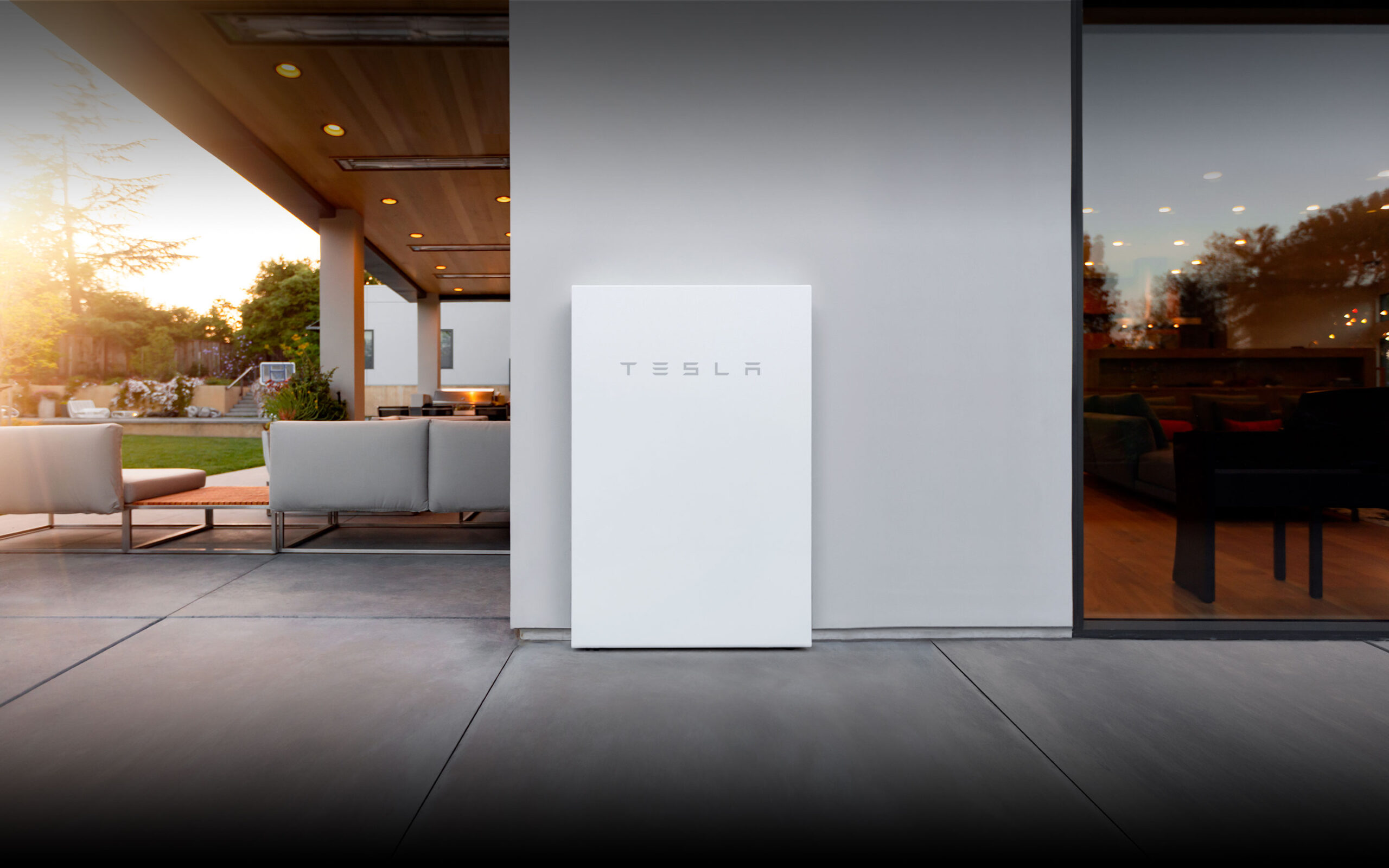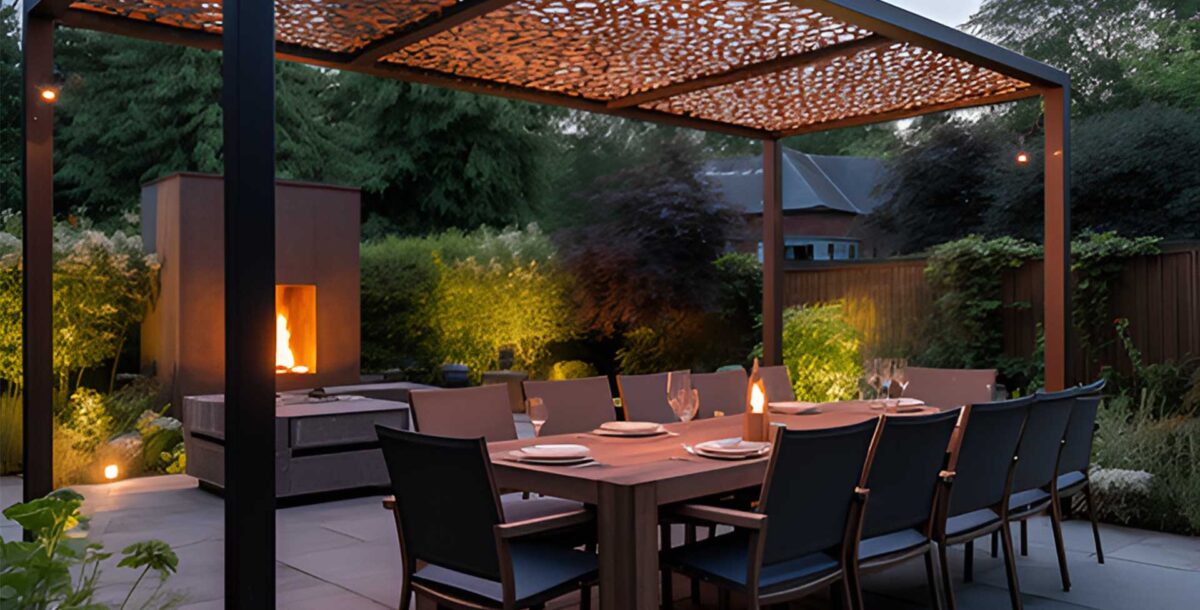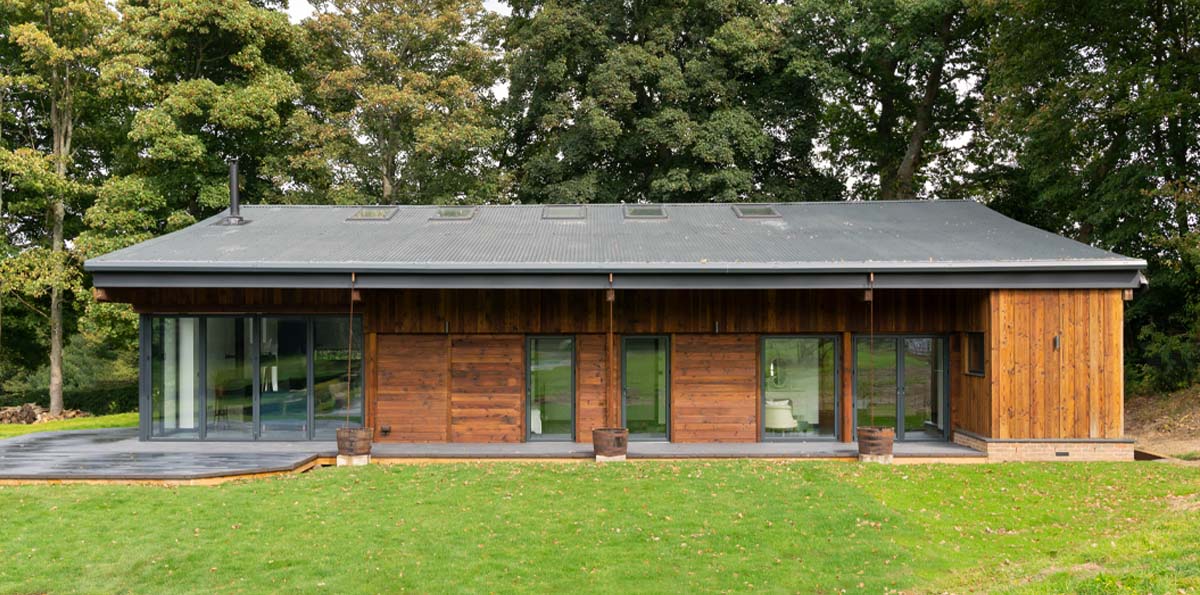Appliances, Convert, Smart Home
Which home battery system is best?
Home energy storage is a brilliant option for saving money and reducing your building’s carbon footprint, but the way you connect it makes a big difference
Adding battery storage to a building is a fantastic way to lower its carbon footprint and reduce your energy costs. As a place to store spare power, batteries are ideal for maximising the return from renewable generation installations such as solar panels: when the sun shines, you can fill them with spare energy, then when the clouds roll over, use that stored power to reduce your reliance on grid energy.
This ability to store clean energy, and lower your use of high-carbon energy during peak times, means that battery power can be an important part of a zero-emissions building. But not all battery storage systems are created – or connected – equally. Here we look at the main battery options, and how the way a system is wired could limit what you can do with it.
Why get home energy storage?
With its long, windy coastline and surprisingly good solar potential, the UK is brilliantly placed to benefit from renewable energy. That’s a blessing for building owners seeking to lower their bills and emissions, but it also presents a challenge. Most homes’ peak power demands come at dinner time, but rooftop solar is at its best around lunch.
In fact, the variable power from solar panels or a wind turbine rarely matches exactly what you need in the home. Without a battery, any excess generation will feed into the grid, while you’ll need to take power from the mains to make up any shortfall.
That’s an issue for two reasons. Users generally pay more to buy power than they can get for selling it, so it’s usually best to use as much of your own generation as possible. And because electricity doesn’t come any greener than your own renewable generation, what you buy from the grid is likely to have a higher environmental impact.
A home battery system addresses both problems by storing power when you’re generating more than you need, and releasing it when you’d otherwise be having to import from the grid. Most battery systems can also store cheap, off-peak grid power, so they can help lower your emissions and bills even when your microgeneration isn’t enough to top them up.
How does battery storage work?
Before we look at different options, it’s worth explaining the basics of how battery storage works. In this feature we’re mostly concentrating on home battery storage, permanently connected to a building’s mains network, but it’s worth mentioning the wide selection of portable battery power units now available.
These contain everything necessary to charge up with mains electricity when it’s available, and provide a mix of USB, mains and other outputs for getting that power out again. This versatility – and the fact they’re not permanently wired in – makes them excellent for mobile use and for backing up important appliances like a fridge. The biggest versions can even store and supply enough power to run laundry and other heavy-duty appliances, and some can optionally be wired into the home.
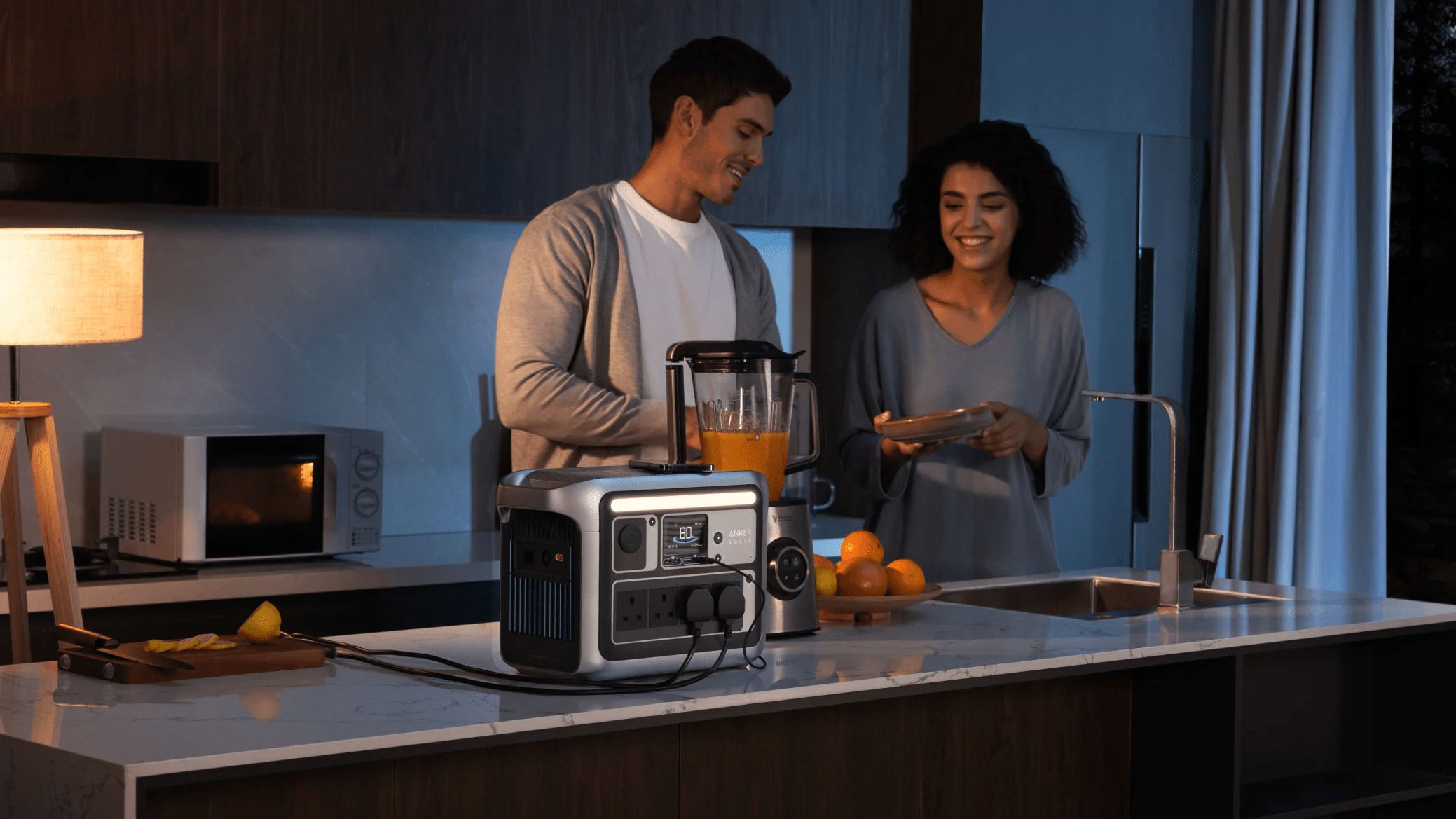
At the heart of any mobile or permanent storage system you’ll of course find a battery – or more accurately a pack formed of tens or hundreds of individual units. These are likely to be lithium iron phosphate (liFePO or LFP) cells, which offer a longer service life and have safer characteristics than standard lithium ion (Li-ion) batteries. An inbuilt battery management system (BMS) helps optimise their performance and prevent failures.
The direct current (DC) electricity that flows in battery packs is very different to the 230-volt alternating current (AC) you find in a British or European plug socket, so battery storage systems also need an inverter, which converts between the two. This is built into mobile power stations, but it’s a separate component in permanently-wired home systems. Finally, any battery system needs a charge controller, responsible for controlling the current and voltage flowing to and from the battery packs, although this can often also be built in.
What are the main home battery storage options?
Permanently wired home battery storage systems are usually modular, comprising one or more battery units, together with the inverter or charge controller responsible for charging and discharging them. The inverter is connected to the building’s mains wiring, and may also be attached to the output from solar panels.
Wired-in battery systems need a way to know whether the building is importing or exporting electricity, and how much, so they typically have a wired connection to a current transformer (CT) clamp. This fits around the cable supplying the building’s mains power. The CT reading tells the battery how much power it needs to supply to prevent the building using grid energy and get the house ‘in balance’. If there’s a source of microgeneration, it also tells the system when there’s spare power for recharging the battery.
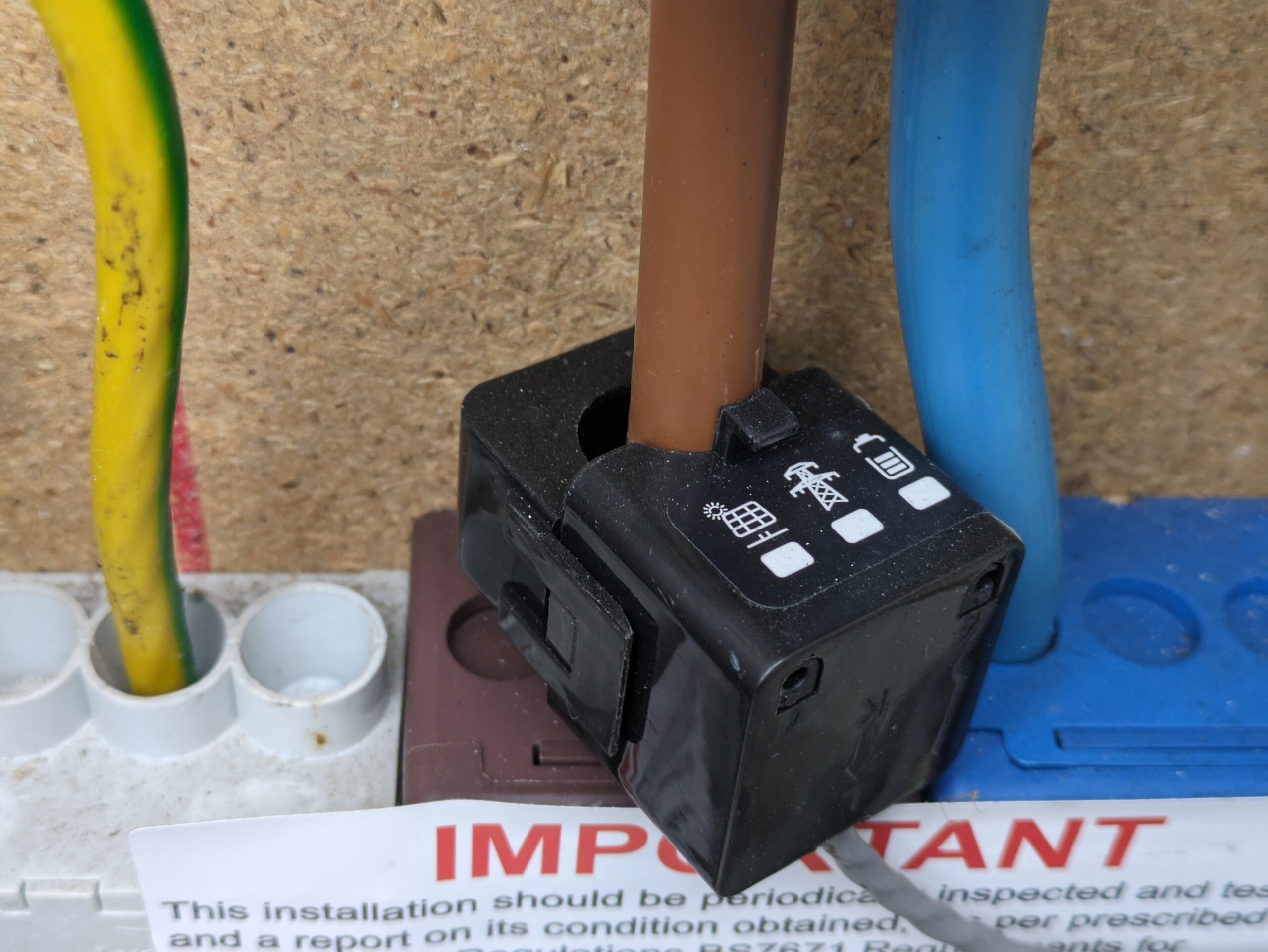
If you’re having a source of microgeneration installed, installing a battery, or both, you may need to apply or re-apply for permission from your distribution network operator (DNO). This applies whenever the combined peak output of any generators and battery systems is more than 16A (equivalent to 3.68 kilowatts), which it commonly is. Even when a system falls below this, your installer must notify your DNO within 28 days of the system being commissioned.
Beyond these common elements, permanent home battery systems can be different depending on how they connect to the building’s mains wiring or renewable generation. This is usually in one of three ways.
Hybrid battery storage systems
Hybrid systems are only an option in buildings with microgeneration, most commonly in the form of solar panels. They’re built around a so-called hybrid inverter, which connects directly to the panels, battery packs and mains network, managing and converting the energy flowing between all three.
You can retrofit hybrid battery storage into an existing solar installation, but it’ll mean replacing the existing inverter. If the new inverter’s maximum output is more than 16A you’ll have to apply or re-apply for approval from your DNO. And even if it’s not, you’ll still need to notify the DNO of the new inverter.
Charles Liddall, Senior Technical Sales at Bimble Solar, explained that it’s also possible to connect hydro or wind generators directly into some hybrid inverters: “but it can be complicated”.
“If [wind or hydro is] DC-coupled direct to battery, if the BMS sees too much current it will shut down the batteries. This shutting down under load can cause turbines to fail. So the turbine charge controller needs to have its own resistance breaking or dump load that can be activated by communication with the battery BMS to ensure that when the battery is full that it does not continue to push energy into the batteries.”
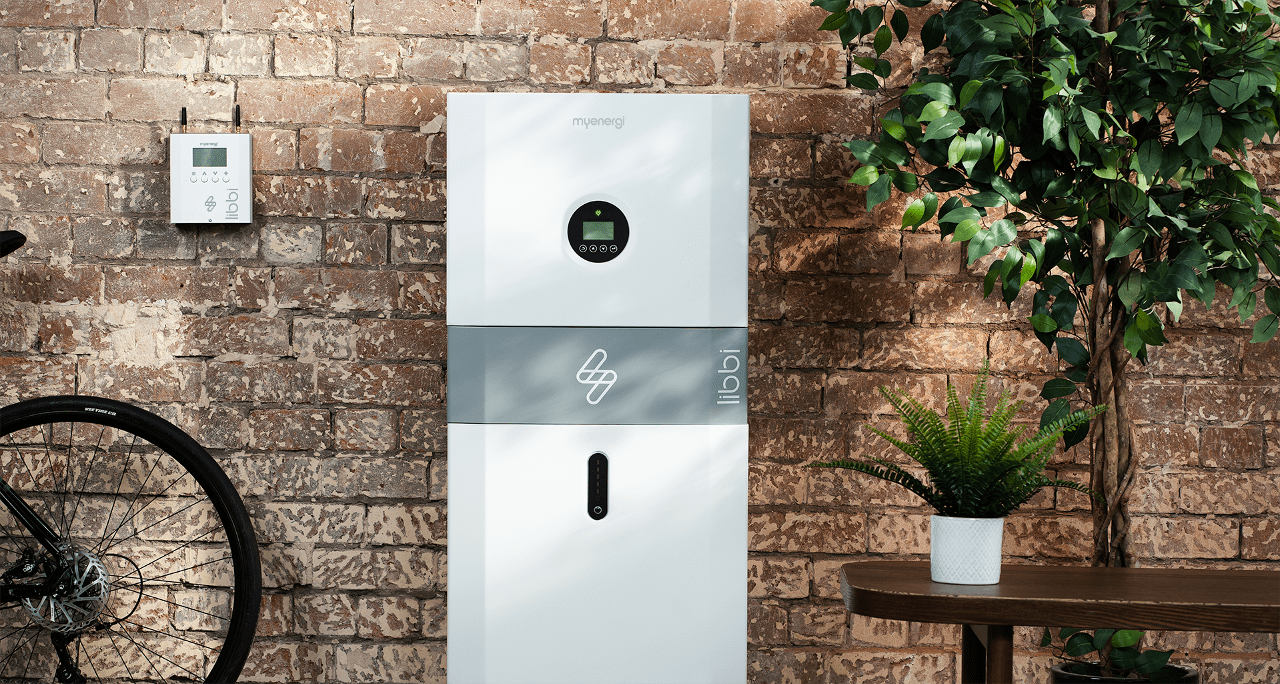
In a hybrid system, the batteries can provide energy to the building when there’s no renewable power, supplement renewables when they aren’t producing enough to meet demand, or export power at peak times. Similarly, they can be recharged either with spare renewable power, or with cheap mains electricity, depending on what’s available.
A hybrid system can be less complex than AC-coupled storage (see below), as they have only a single inverter. This arrangement is also slightly more efficient when it comes to charging from solar, as there’s no need to convert the panels’ DC output into AC and back again. The downside is that there need to be direct cable connections between the inverter, generator, batteries and the building’s mains wiring, which can sometimes be impractical – for example if you have solar panels on your home, but you want to put the batteries in a detached outbuilding.
One other downside to a hybrid system is that power from renewables and the battery travels to the home through the same wire. This means that third-party devices can’t see whether it comes from the sun or the battery. That could be an issue if you have a solar power diverter feeding your hot water system, or a solar-aware charger for your car, as ideally you don’t want to use home battery power for either. One way around this is to buy a battery system and other devices from the same manufacturer. For example, MyEnergi’s hybrid Libbi battery, Eddi solar diverter and Zappi EV charger can communicate with each other so that unless you specify otherwise, only excess solar power is used for heating and charging.
AC-coupled battery storage
AC-coupled battery storage systems are the most flexible option, as they’re wired only to the building’s mains power network. They don’t need to connect to any microgeneration – indeed, you don’t even need to have any – so it’s easier to find a suitable place to put them and they can be less complex to install. You can use AC battery storage with any source of microgeneration that connects to your home’s power supply, so they’re suitable for wind or hydro generation, too.
It’s important to note that the term ‘AC-coupled’ only refers to how the battery is connected. While AC systems like the Tesla Powerwall 2 are designed with an AC-only inverter, others are actually hybrid systems capable of also connecting to a generation source. However, when they’re only connected to the mains, they will work as an AC-coupled system. This could help future-proof a battery if you’re buying it first and considering adding generation at a later stage, but you should install the system near to where the panels or turbines will be.
You’ll need DNO permission to connect AC-coupled battery storage if its maximum output is greater than 16A – even if you don’t have any microgeneration. Because AC-coupled batteries can deliver power at the same time as any solar or wind input, you’ll also need permission if the combined maximum power of your battery system and renewables is over the 16A limit.
If you’re retrofitting batteries and you already had to apply for permission for your renewable generation, you’ll need to re-apply due to the higher combined potential once you add the battery. “There is a fast-track application process for these instances, where the capacity is over 3.68kW, the inverter is type-tested to G98 standards, and for storage that will not operate when the grid fails,” says Charles Liddall.
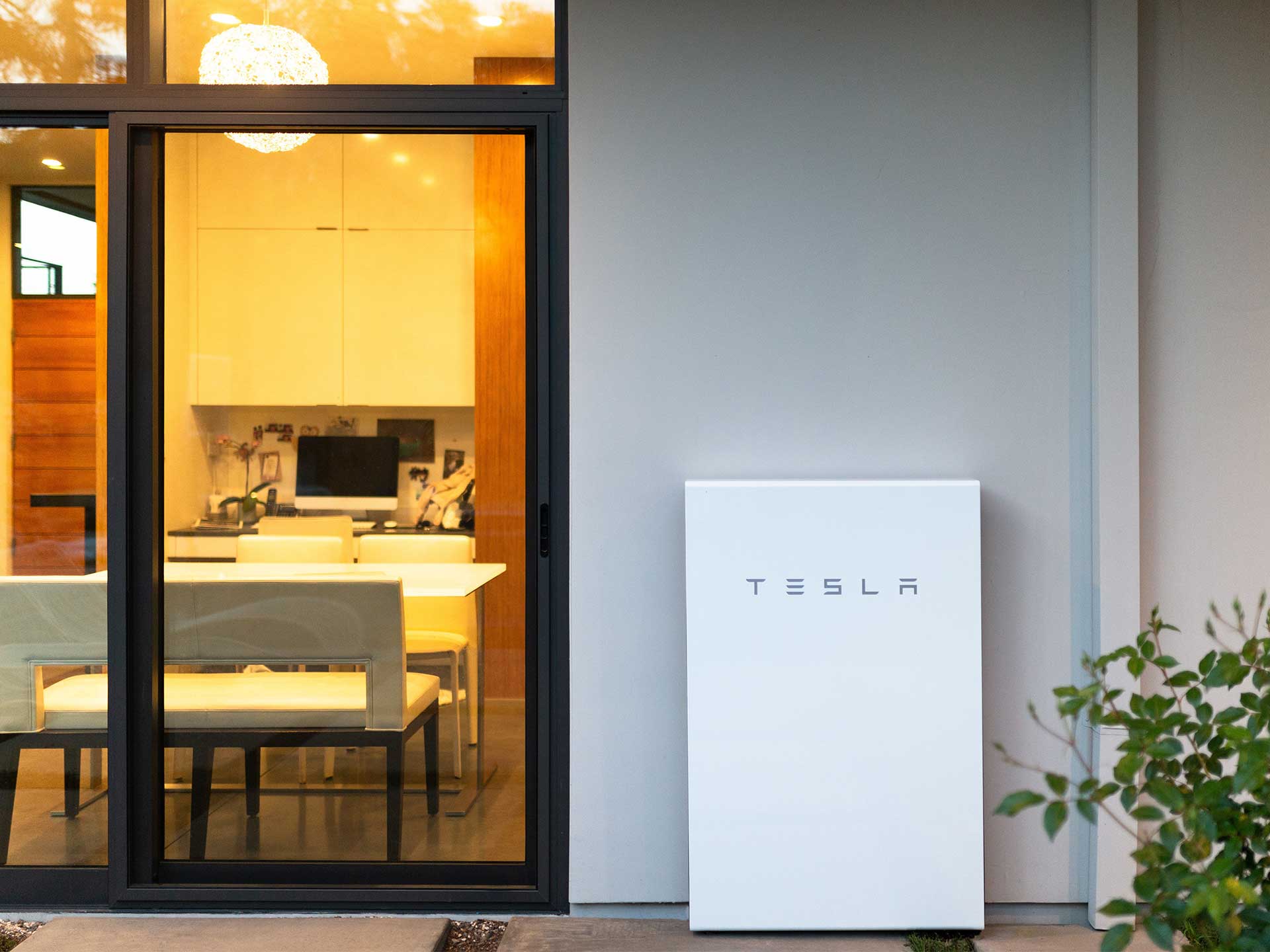
AC-coupled batteries are charged from mains electricity, which can come from the grid, or from your renewable generation, or a mix of both. You can use them to reduce the use of grid power, or even to export electricity to the grid at peak times, maximising the value of any surplus from your microgeneration. That potentially gives them the same flexibility as a hybrid system in use.
One big advantage of AC systems comes from having two inverters, meaning that if the building demand is very high you can get the maximum solar and battery output at the same time. However, inverters can be a point of failure, so it’s not necessarily ideal to have two. AC systems are also a bit less efficient than a hybrid setup when charging from the sun, as some energy is lost when the solar electricity is first converted to mains by the solar inverter, then back to DC by the battery inverter.
DC-coupled battery storage
The final option is to connect storage batteries and a charge controller in series between solar panels and the solar inverter. In this setup, solar energy powers the house, and any spare can be stored in the battery. When there’s not enough generation, the battery discharges the extra energy needed to prevent the building drawing power from the grid.
In a DC system, all of the supplied power, whether from solar panels or the battery, is converted to AC by a standard non-hybrid inverter. For this reason, DC storage can be a cost-effective way to retrofit batteries to an existing solar install. It also has the advantage that you don’t normally need any changes to the existing AC wiring. Furthermore, you shouldn’t need additional permission from your DNO, as you’ll be using the inverter you’ve already had notified or approved, with no increase to its maximum output power.
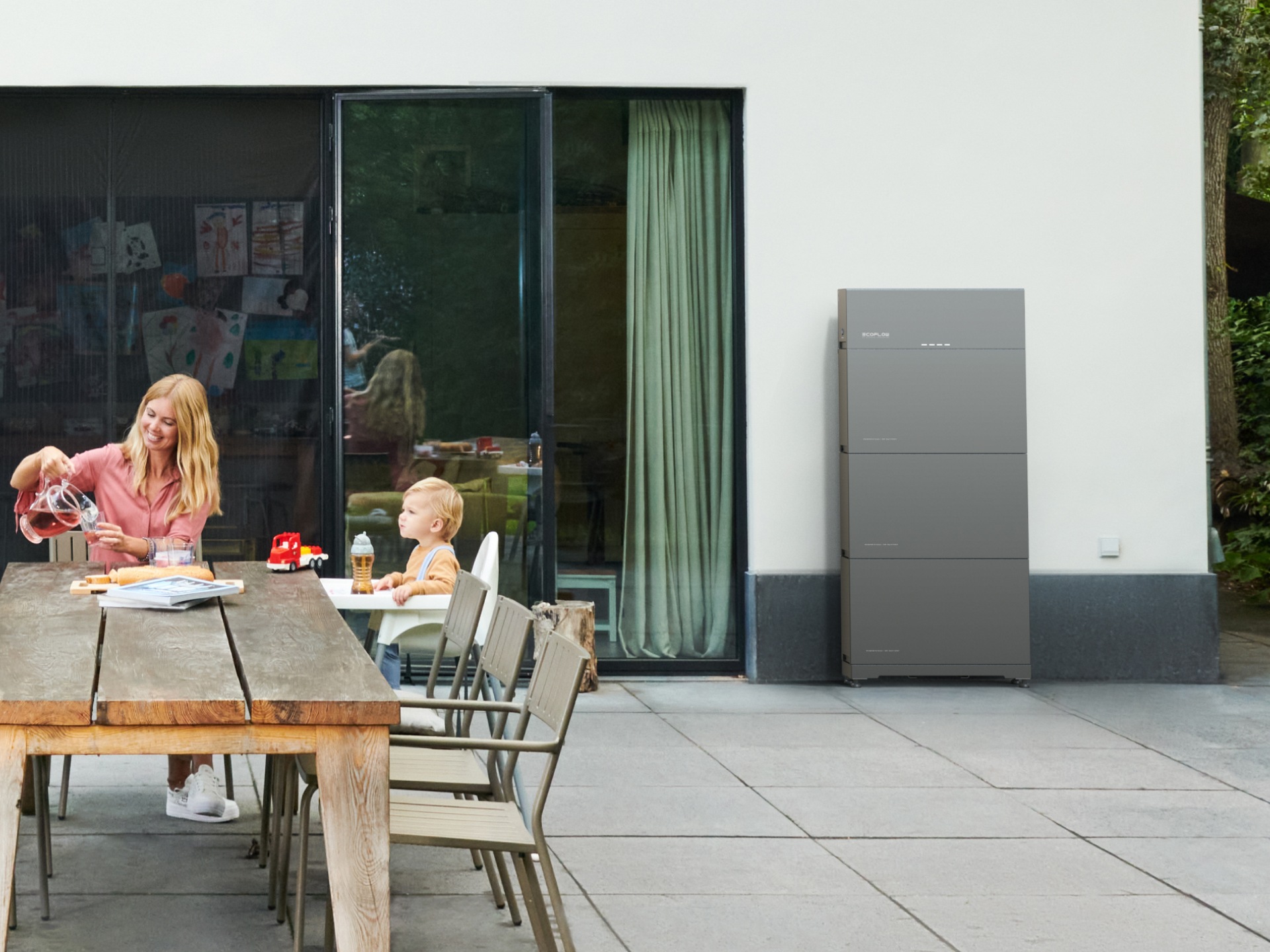
DC systems are more efficient than an AC-coupled system, as electricity needn’t be converted to and from AC before being stored. They can also be good for ‘oversized’ systems, where the maximum generator output is higher than the inverter’s maximum output – in this case, excess energy can go in the battery, rather than simply being wasted as heat.
A DC system’s biggest drawback is that its batteries have a one-way connection to the mains, so you can’t recharge them with cheap off-peak electricity. As with hybrid systems, the batteries must be close to the output from the solar panels, and it’s also impossible for third-party devices to know how much of the inverter’s output power is coming from the sun or battery storage.
Which home battery storage is best?
If you don’t have a source of microgeneration, and if you’re not planning on getting one, you can only choose between portable battery power stations, or an AC-coupled storage system. The first is cheaper, suitable for backup power, and you won’t have to leave it behind if you move. On the other hand, AC-coupled battery storage is ideal if you want a permanent solution that’s capable of storing significant amounts of energy. It can be installed alongside any renewable energy system, but it’s also suitable as a retrofit.
DC battery systems are ideal as a cost-effective retrofit to solar power, with the advantage that they shouldn’t need further permissions or major wiring changes. However, they have the major disadvantage that you can’t charge them when your microgeneration isn’t delivering power.
Finally, a hybrid system offers a good compromise between flexibility, convenience and cost. It’s not the cheapest retrofit option, but it’s a good choice when there’s room for the batteries near the solar panel output.
Whichever permanent battery system you choose, it’s important that it must only be installed by a competent and qualified electrician. It’s not a job for DIYers – regardless of whether you’re working on the AC or DC side. “People have this belief that DC cabling is much safer than AC cabling,” says Charles Liddall. “However if there is a short on a DC system (even at 12 volts), all the energy in the battery will power through that fault and in seconds, if not properly protected, will set the cable insulation on fire.”
Battery power can be every bit as lethal as mains power, too, with a home battery system capable of discharging many tens of times the current necessary to kill someone. Such is the importance of getting battery installations right, that Liddall was careful to underline that the information he supplied is to the best of his knowledge at the time of this feature.

